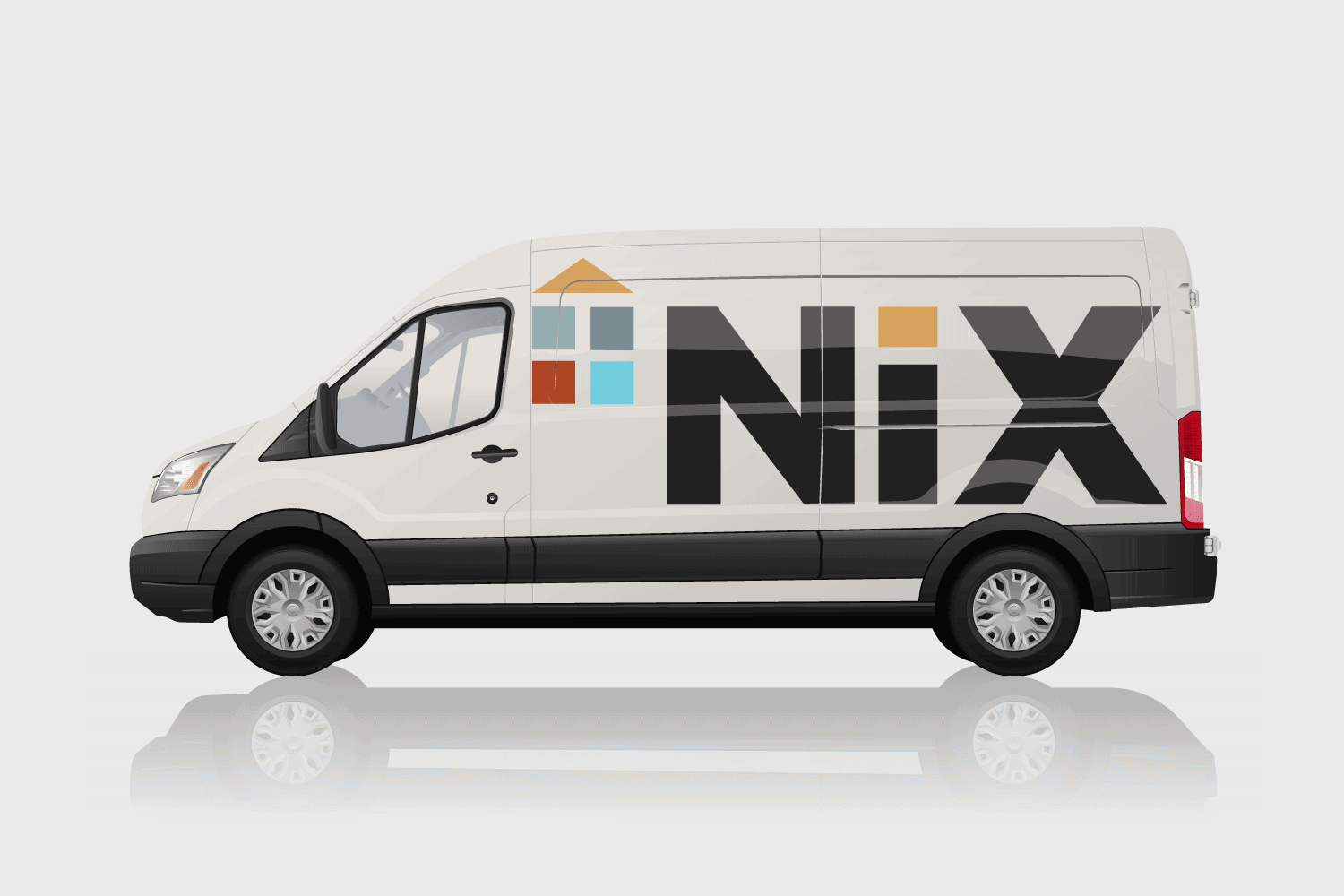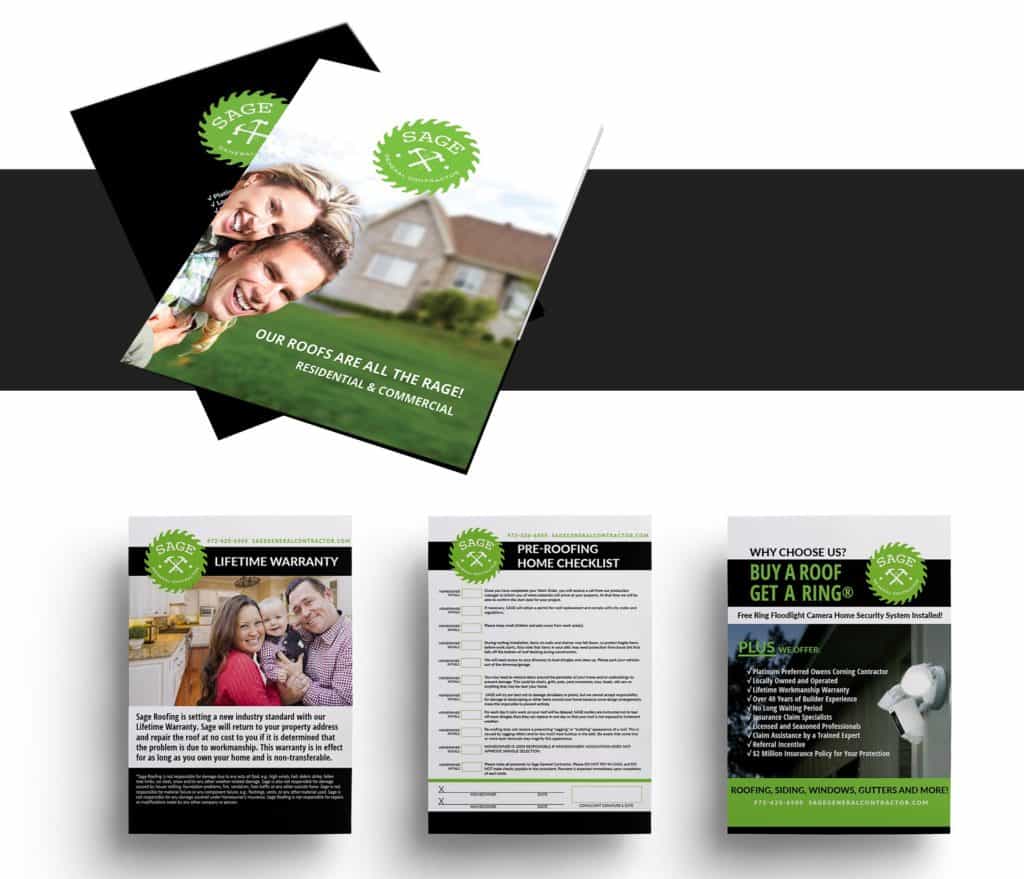 A powerful brand begins with a strong logo.
A powerful brand begins with a strong logo.
Among the most important brand and logo design tips we can offer you today is to sit back as you read this article with pen and paper in hand because we are going to ask you to do some serious thinking about your brand. This thinking preparation is the most important aspect of developing a strong brand and logo design.
Many customers come to us overwhelmed at trying to make sure their business is well-represented on every social media platform. Between Facebook, Youtube, Twitter, Instagram, Snapchat, Pinterest, and an up-to-date website … it’s hard to keep your brand messaging clear and style consistent! But with the first of our logo design tips, we will eliminate this stress.
Take time to evaluate your brand and logo design.
The internet is bombarding us daily with logos and advertisements making it difficult for your business to stand out from the competition. The first of our logo design tips offers a solution: Stop and self-evaluate your brand objectively. Take the time – and a few mental steps back – to really look at your design mark and logotype.
Here are examples of questions our design team asks every time we go through the logo design process:
Perform a little market research.
Reach out to some of your favorite customers whom you know will be honest with you. Select customers who are within your target market. These clients are your best type of customers — the ones you make $$ with and the type of customer you want to grow in your customer base. Ask them what they think of your brand messaging, your products, and how they would describe your company. Scary, we know, but this is important for your company’s growth. We have prepared some sample questions you might ask below:
Decide what makes your business distinctive.
What makes your brand stand out from the competition? In marketing, we call this a unique selling proposition or more commonly referred to as a USP, which is the one thing that makes your business better than the competition. It’s a specific benefit that makes your business stand out when compared to other businesses in your market.
In capturing that target market we discussed in step two, you don’t want to appeal to everyone. Your job in this process is to focus on finding your niche and serving the needs of those individuals and businesses.
We like the idea of distilling (the reason for our name). Consider a few keywords that represent your company. High-end products or services? Budget? Turnaround speed? What keywords define your company’s USP? Make a list of these and consider them.
 List the brand touchpoints that will need redesigning.
List the brand touchpoints that will need redesigning.
Think through all of the materials that you will need to rebrand. This list will include flyers, a website, new business cards, signage, posters, email marketing, social media, etc. The brand touchpoints are any marketing materials where your customers interact with your brand. If you are a doctor’s office, a touchpoint may include your reception area. Perhaps you need new signage on the wall behind the desk. Or, perhaps all of your staff need new polo shirts that help your customers really feel welcome and glad to be using your services because your brand is so cohesive. You would be amazed at how a cohesive brand communicates competency and trust.
 Get employee buy-in.
Get employee buy-in.
You really want all of your employees to be a part of the rebranding. Share the process with the team, encourage them to share their thoughts, and get them excited about the new look so they will promote the rebrand to customers and feel proud about the company they work for. This is such an important part of developing a healthy corporate culture where all the team members feel proud of the rebrand and become ambassadors of communicating the business values to your customers.
After the brand launches, celebrate with the staff by hosting an internal launch party. Maybe it’s where everyone gets a new t-shirt and cap and is reminded about what your company stands for and how each of your staff is an essential member. Training staff about what you are working to accomplish with the rebranding is extremely important so that each team member can clearly communicate the company values and work it out daily on the job.
Go public!
We recommend you launch your new brand all at once, rather than introducing it bit by bit over a period of weeks or months. Wait until everything is ready and introduce the new brand to your customers and the public across all media at the same time. Communicate why you have rebranded and use this opportunity to engage with your customers.
We like preceding a branding change with an email blast. A fun approach is to send them a few teaser emails letting them know that the rebrand is coming soon, maybe even a few hints of what is changing to pique their interest. With this approach, you prepare your customers for the new change, reveal the importance of it, and get them excited about how this rebrand will benefit them. All the more reason for them to like your company!
Test the waters.
Reach out to your customers for their response to your new brand. You can do this in several ways. Ask your customers in person, send out online surveys, or hold focus groups. This last step is a great way to build stronger ties with your customers and let them know how important they are to you. After all, who doesn’t like to give their opinion? They will feel valued that you asked.
We hope you’ve enjoyed these seven Distillery Creative brand and logo design tips. For more articles like this one, check out When Should I Rebrand?, or browse the many articles we have under Branding on our website. If the process sounds daunting, we’re here to help. We do it every day, and we love the process. Please contact us and let’s start the conversation.
This content was originally published here.


